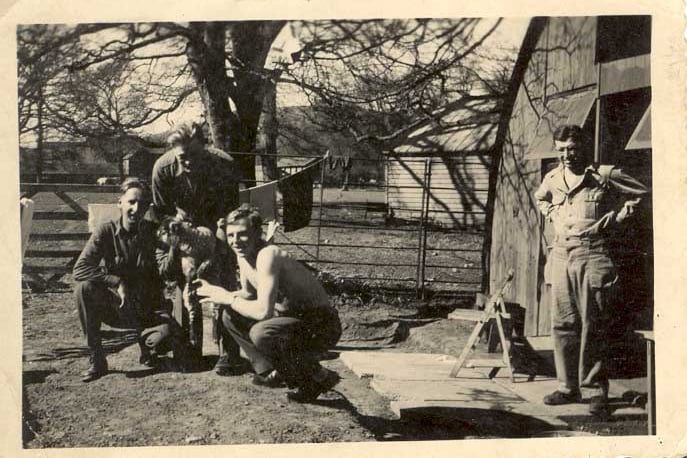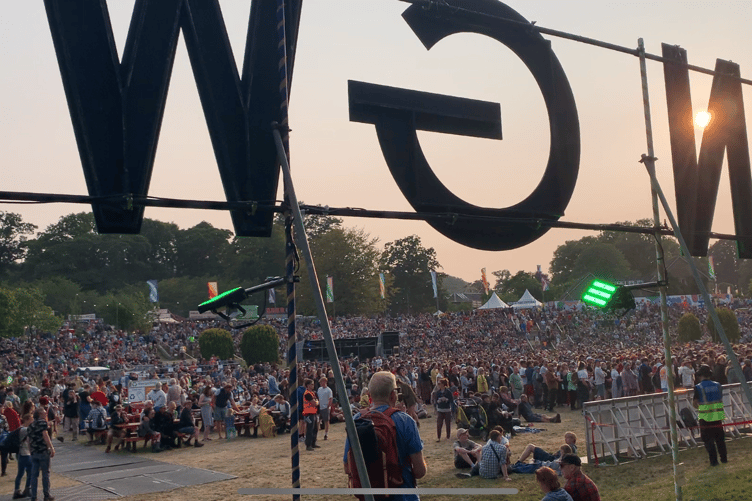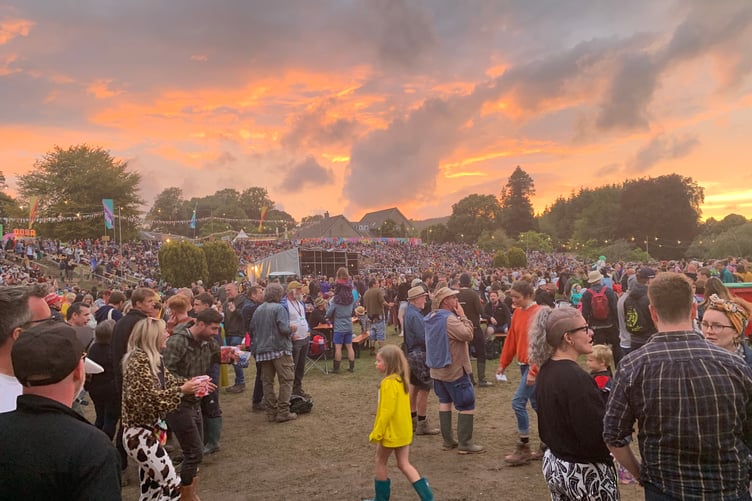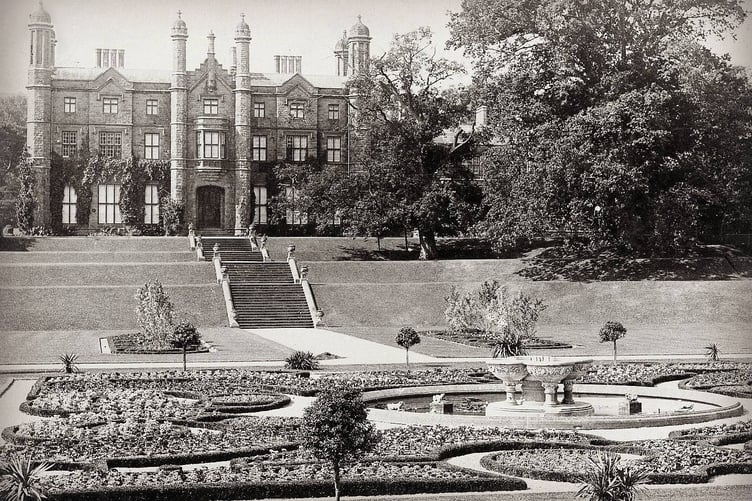NATURE has a way of reclaiming all of humanity’s monuments to aesthetic ambition and earthly endeavour.
All that was once breathtaking and epic in scale eventually slides down a one-way street signposted rack and ruin!
Cities are swallowed by the sea, pyramids lie buried in desert sands, stone circles lie broken and incomplete, and castles are repossessed by trees and time.
What you see now, isn’t what was seen before, and nowhere does this ring truer than the home of the Green Man Festival - Glanusk Estate.
For over two decades, Festival goers have been captivated by the lazy elegance, rolling lawns, breathtaking views, and old-time feeling that Glanusk has in spades!
And although the site is littered with signposts to the stately splendour that once existed there, it’s hard to imagine how different it once looked.
Fortunately, we’ve got a picture!
Anyone who’s been to the Green Man will be familiar with the stone steps and staggered slopes leading to the Mountain Stage.
Still, you’d have to rewind the tape a long way to find anyone who could recall the gothic mansion that used to sit on the top of the hill that for a few days a year is home to a dizzying array of fast and fried food outlets!
The story begins in 1826 when Iron Master Joseph Bailey decided he needed a new home. A site was secured, money exchanged hands, and a mansion, some lodges, a tower, and a stone bridge across the Usk was built.
The park ran with deer, the river ran with fish, and old man Bailey could sit back, smoke his pipe, and enjoy the good life!
The mansion remained the family home until the outbreak of the Second World War. when Joseph Bailey’s great-great grandson, the late Colonel, Lord Glanusk, rejoined his regiment and the house was requisitioned by the army.
The family silver, works of art, and antiques were moved out and the army moved in.
As the family made a new home at the Dower House, Penmyarth, dozens of Nissen huts were set up on the lawns of their old mansion and heavily armed guards were stationed at the bridge.

A veteran of the 99th Infantry Battalion’s ‘D’ Company named John W. Kelly fondly recalled, “The men were very disappointed when they first saw Glanusk Park Camp. The Company was assigned ten Nissen huts in the lower right-hand corner of the camp. Officers and office personnel lived in the castle and this was also the company and Battalion headquarters.
“The mud was from six inches to a foot or more deep and the huts had recently been used to house sheep. Drainage was the first problem tackled and the huts had to be thoroughly cleaned out and washed. Stoves also had to be located and set up.
“The first night was a dreary one, but the next few days saw a great change in Glanusk Camp. Everyone set to work with a will, and soon the huts had shelves and small lockers built in, tables and washstands built, and an atmosphere of home could be felt when a radio or two was turned up.”
The army stayed throughout the duration of the war, but all that wear and tear had a detrimental effect on these stately quarters. Two separate fires burned the old building badly.
Repair work was deemed far too costly and in 1952 the family regretfully decided that the house would have to be demolished.
The wrecking ball swung and the present was consigned to the past.
Yet the elusive presence of what once was continues to cast a long shadow over all those who wander lonely as a cloud at Glanusk for three days every August.






.jpg?width=209&height=140&crop=209:145,smart&quality=75)
Comments
This article has no comments yet. Be the first to leave a comment.